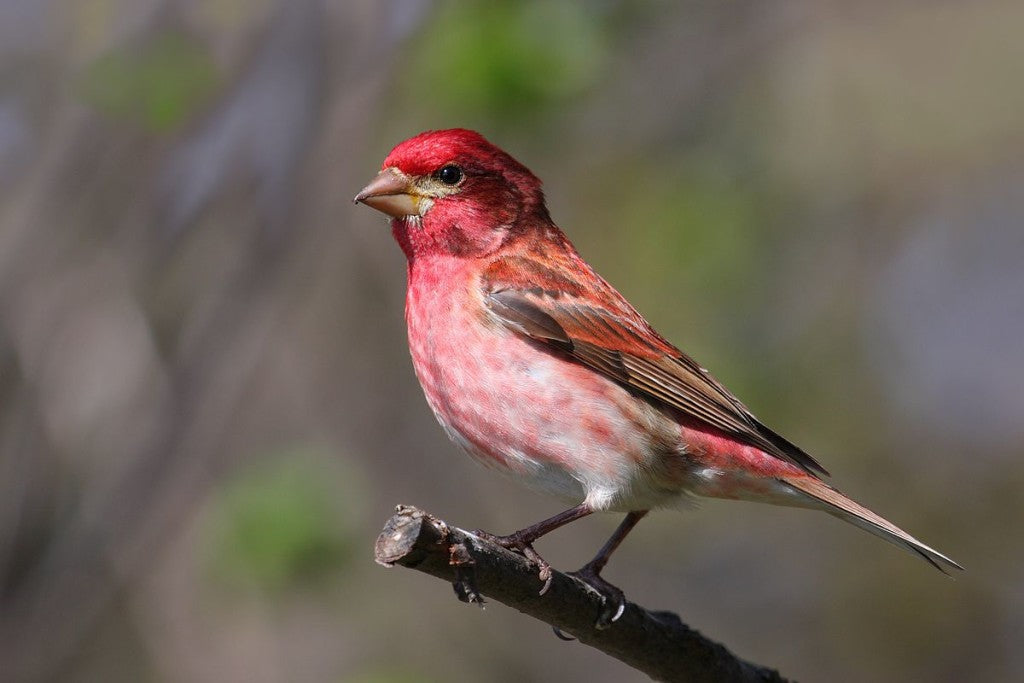Offer
Provide additional details about the offer you're running.
Provide additional details about the offer you're running.
Provide additional details about the offer you're running.

Featured Image By Cephas (Own work) [CC BY-SA 3.0 (http://creativecommons.org/licenses/by-sa/3.0)], via Wikimedia Commons
In keeping with this attitude, this post aims to dissect perhaps one of the most common words in the birding world; passerine. Most of us, no matter what our experience is with birds can and will recognize this term, but when put to the test to define it, might not have as clear of an understanding as previously thought.
General Definition
In its simplest form, a passerine is described as a perching bird in the formal scientific order Passeriformes, the largest order of birds on the planet. Passerines make up more than half of the worlds diverse species of birds and while many refer to them plainly as ‘songbirds’, that is not entirely true. Many passerine species do not utilize their vocals, but they all do share a number of unique characteristics.
Characteristics of Passerines
Generally speaking, passerines all fall into the small-medium size range, have bright plumage colouring, particularly in the spring or mating season and all share the anisodactyl arrangement of toes on their feet. This is the most common foot design in the world where each foot has four digits, three forward facing digits and one backward facing digit. Naturally, the anisodactyl foot is designed specifically for perching birds, making it easier for them to grasp objects such as tree branches.
Passerine Species
There are a number of passerine species, as highlighted above. To name a few of the passerine species, you can likely look to your backyard feeders! Common passerines are jays, sparrows, finches, wrens, warblers and many more.
Non-Passerine Species
Given that passerines are so dominant, it is usually easier to display non-passerine species, but after reading this article, we hope you are able to come up with a few on your own. In case you are still curious; ducks, swans, woodpeckers, raptors, game birds, gulls, seabirds, swifts, swallows, and martins all fall under the non-passerine classification.
High Quality Blend